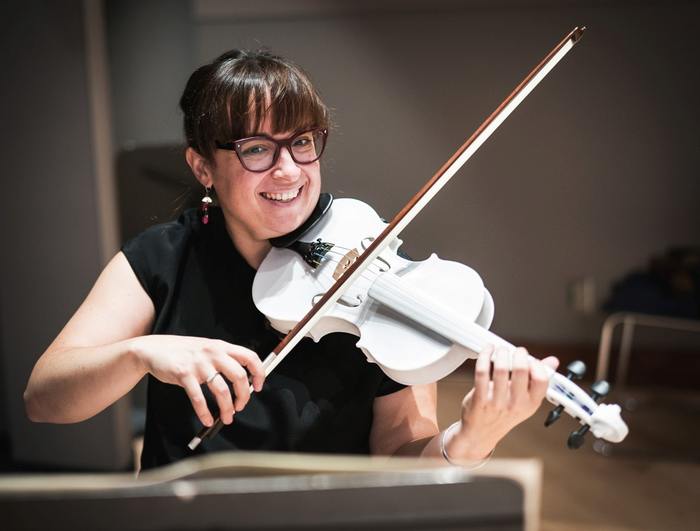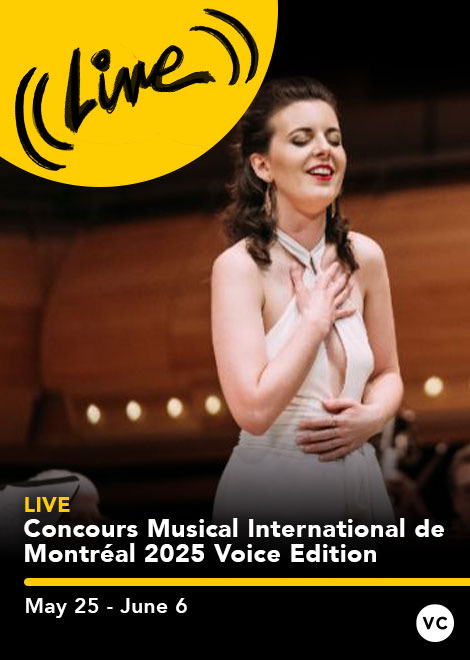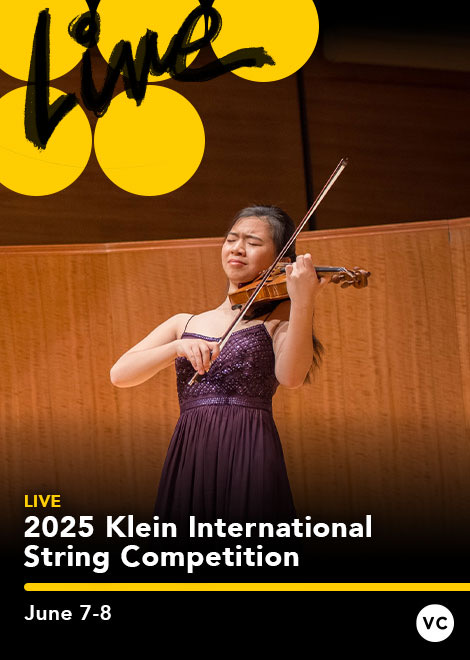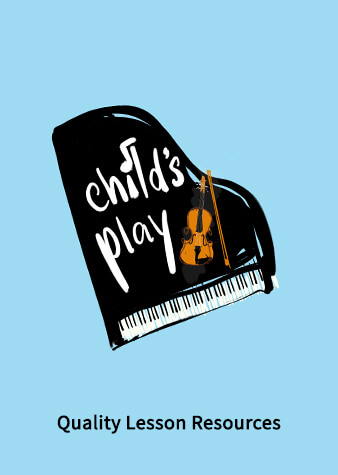Canadian Violinist Develops Low-Cost, 3D-Printed Violins for Students
Dr Mary-Elizabeth Brown's prototype instruments cost violins cost $7 USD to print, and come in around $20 assembled with wholesale parts
A Canadian violinist is in the process of developing student violins that can be built exclusively with a 3D printer — thus dramatically reducing the costs associated with instrument purchase and helping to make classical music more accessible to young students of all backgrounds.
Dr. Mary-Elizabeth Brown, who is the director of Montreal's AVIVA Young Artists Program, has been exploring the potential of 3D printing in music education for years, and recently presented her concepts at the American Acoustical Society.
Constructed of a combination of plastic polymer and smoother ABS plastic, the violins are printed in two separate pieces. Because of the materials used, the instruments produce a darker and more mellow tone than a traditional violin.
Mary-Elizabeth Brown spent more than 15 years appearing as a concertmaster in leading ensembles, including the McGill Chamber Orchestra (2016-2019) and the Ottawa Symphony Orchestra (2017-2020). Also a leading pedagogue, she founded AVIVA, the world's first online pre-college music program, in 2012. Brown holds a doctorate from the Université de Montréal, as well as qualifications in finance and education.
"The team’s inspiration roots in multiple places," Brown said. "Our goals were to explore the new sound world created by using new materials, to leverage the new technology being used in other disciplines, and to make music education sustainable and accessible through the printing of more durable instruments."
"The next step is to explore design modifications as well as efforts to lower the costs of production while making such instruments more widely available, especially in the realm of education."
You can hear Brown demonstrating some Bach on a full-size prototype instrument below.
june 2025
july 2025


